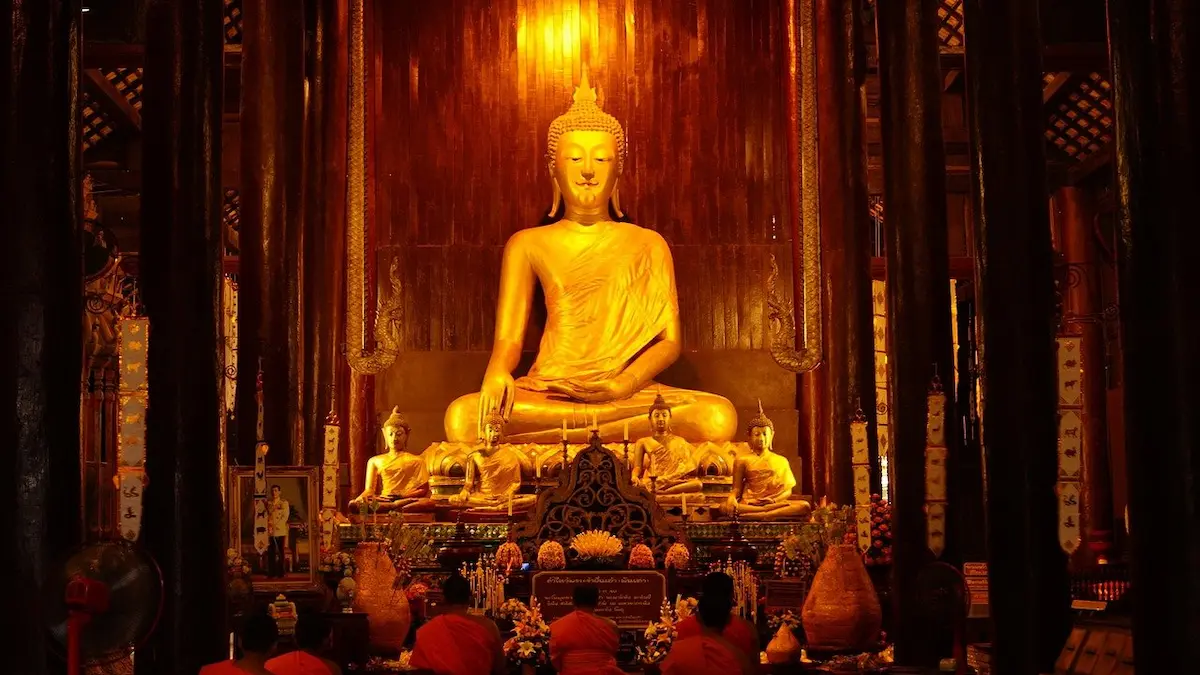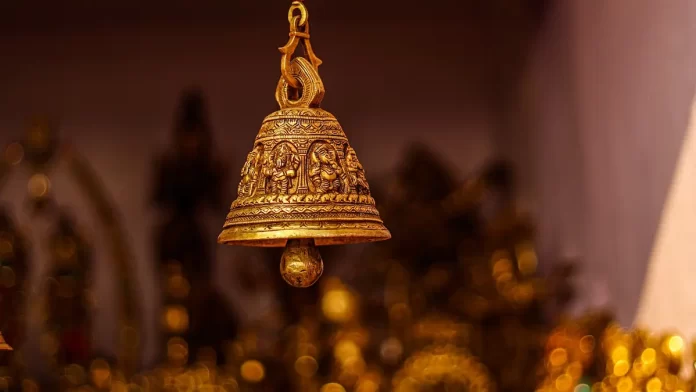What are the major schools of Indian philosophy? Which ones are orthodox and which ones are heterodox? Where does Vedanta fall? Read this on till the end to learn more.
Scholars have broadly classified Indian philosophical discourses into two broad categories namely heterodox school and orthodox school.
While the former mostly include anti-Brahmanical discourses, the latter religiously hold on to the Vedic-Brahmanical philosophy.
Though their combined utility or profound impact on the Bahujan Indian way of life and thinking is debatable, they do reveal the ideas and thought processes that made Hindu-Brahmanism.
Schools of Indian philosophy are an important topic for competitive exams in India.
Heterodox Schools of Indian Philosophy
The heterodox schools of Indian philosophy can be broadly subclassified into three sub-schools. They are Lokayata, Jainism, and Buddhism.
They are called heterodox schools because they don’t believe in Vedas and other Brahmanical scriptures.
Also when it comes to Jainism and Buddhism, historians are of the view, that they both were a Kshatriya response to Brahmanical supremacy.
Lokayata
The word Lokayata means the beliefs of the common people. According to some scholars, this school pre-dates Hindu-Brahmanism.
Also called Charvaka school, this school rejected the belief in any divine superpower or afterlife. Later formalized by sage Brihaspati, Lokayata school proposes a keen attachment to the physical and material world only.
Lokayata school vociferously opposed Brahmins. It alleged that Brahmins manufacture false rituals to acquire gifts or Dakshina from innocent and gullible people.
According to Lokayata school, man is the center of all activities and he should strive to enjoy all luxuries and sensual pleasures as long as he lives.
Jainism
The main propounder of Jainism was an upper-caste Kshatriya prince Vardhaman who later became popular as Bhagwan Mahavir.
Jainism believes in Anekantavada or non-absolutism which means no single, specific statement can describe the nature of existence and the absolute truth.
Interestingly, they don’t believe in God but believe in the existence of souls, their transmigration, and the cycle of birth and death.
The two major sects of Jainism are Digambars and Shwetambars. Whereas Digambars don’t wear any clothes and live naked, Shwetambar Jains prefer to wear completely white cloth with a white mask on their mouth.
Mulasangh, Bispanthi, and Terapanthi are sub-sects of Digamabars. The sub-sects of the Shwetambar sect of Jainism are Sthanakwasi, Murtipujaka and Terapanthis.
Buddhism

The propounder of Buddhism was an upper-caste Kshatriya Prince Siddhartha who later became popular as Gautama Buddha.
Buddhism propounds that this word is full of suffering and one can attain salvation through the noble eightfold path prescribed by Buddha. The eightfold path includes right speech, action, livelihood, effort, etc.
Buddha, Dhamma, and Sangha, are three jewels of Buddhism. Buddhism got lots of royal and state patronage in ancient India.
The early Buddhist sects were Sthavira Nikaya and Mahasanghika. They did not survive and new sects like Hinayana, Mahayana, Vajrayana, Therawad, etc emerged later.
Buddhism rejects both Brahmanical scriptures and the existence of God.
Orthodox Schools of Hindu Philosophy
The six orthodox schools of Hindu philosophy are Samkhya, Yoga, Nyaya, Veisheshika, Poorva Mimamsa, and Uttar Mimamsa or the Vedanta.
As opposed to the heterodox school, the orthodox schools of Hindu philosophy believe in the supremacy of Vedas as revealed scriptures.
The six subschools under the orthodox philosophy of Hindu Brahmanism are also called the “Shada Darshana”.
Sankhya
The Sanskrit word Sankhya or Samkhya means “number’ or “to count”. Propounded by Kapil Muni in his “Kalpa Sutra”, this is the oldest school of Hindu philosophy.
In terms of its belief system, Sankhya school stresses the acquisition of knowledge. It believes lack of knowledge to be the root cause of human misery.
Famous for their scientific system of inquiry, the Samkhya school believed that knowledge can be acquired through perception, inference, and hearing.
While the original Samkhya philosophers denied the existence of God and did not believe in any divine force, the new ones owed the creation of the universe to divine power.
This school believed in dualism or Dvaitavada, i.e. the soul and the creator are separate entities.
Yoga
The Sanskrit word Yoga means “sum” of two or more things. As the name suggests, the Yoga school stressed the discipline of body and mind for total well-being.
Propounded by Saint Patanjali, Yoga philosophy proposed meditation and yogic techniques for ultimate salvation.
It argued that yogic exercises can help one move away from worldly matters and achieve salvation.

Nyaya
Nyaya school believed in logic and rationality to achieve salvation. Propounded by Gautama Muni in his “Kalpa Sutra”, this school argues that by using logical tools like inference, hearing, and analogy, one can verify the truth.
Like Sankhya school, it also believes that by acquiring knowledge through the five senses, one can attain salvation from the cycles of birth and death.
Vaisheshika
Propounded by Kanada Muni, Vaisheshika school stresses more on the physicality and material nature of the world despite their belief in God.
They believe everything in this universe owes its existence to five main elements namely fire, air, water, earth, and sky.
Some label the Vaisheshika school as an atomic theory for its proposition that all material objects are made of atoms.
Vaisheshika school also believes in the laws of Karma i.e. as you sow, so shall you reap.
Poorva Mimamsa
Mimamsa is a Sanskrit word that means the art of reasoning, interpretation, and application. However, this reasoning, interpretation, and application under Mimamsa school are limited to the reasoning, interpretation, and application of Vedas only.
Propounded by Saint Jaimini, the Mimamsa school can be said to be the most orthodox of the six schools of Hindu philosophy as it argues that only Vedas contain the truth and knowledge.
Its stress on the power of yajnas, mantras, and the ritualistic part of Vedas legitimized the social distance between the various classes.
According to Nitin Singhania, this school “was used as a device by the Brahmans to maintain their clout over people and they continued to dominate the social hierarchy”.

Uttar Mimamsa or Vedanta
Vedanta is a Sanskrit word that means the “end of Vedas”. This school upholds the way of life propounded by the Upanishads.
Vedanta is a monist or Advaitavada philosophy because it believes in the unity of the creator and created beings. It argues, that the world is unreal and that the only reality is God.
One the issue of salvation, Vedanta provides that by acquiring the knowledge of the self, one can attain Godhood.
The most acknowledged philosopher of Vedanta school is Adi Shankaracharya who propounded that God is without any attributes.
Shri Ramanujacharya, another major philosopher of this school, however, differed with his predecessors and attributed attributes to God or Brahma. It led to the emergence of the Vishishtadvaita philosophy of Vedanta.
This school also believed in the theory of Karma and the transmigration of the soul. It argued that people’s suffering in their present birth is due to their sins and misdeeds in previous birth.
Vedanta school is said to have inspired a lot of Bhakti saints of medieval times who strived to reform Hindu-Brahmanism.
In modern times, Swami Vivekanand is was a major proponent of the Vedanta school of Hindu philosophy.
Subaltern Critique
Bahujan-backward ideologues and thinkers of India have often objected to the portrayal and generalization of purely Hindu-Brahmanical philosophies as Indian philosophies.
They have alleged that this generalization is misplaced because almost all schools of Hindu-Brahmin philosophies were propounded by a tiny minority of Hindu-Brahmins and upper castes.
On that account, they say, it would be blatantly wrong to promote and legitimize them as Indian philosophies especially when most of these philosophies explicitly excluded the vast majority of Bahujan-backwards from their purview in both theory and practice.
They argue that just as the institutions and formulations of British rulers during the colonial rule for the oppression of Indians cannot be termed as Indian or the legacy of Indians, similarly, anything created, formulated, or propounded by the Brahminical classes in ancient India for their exclusive benefits or as a tool to oppress the majority of Indians cannot be legitimized as an achievement, heritage, or legacy of all Indians.
